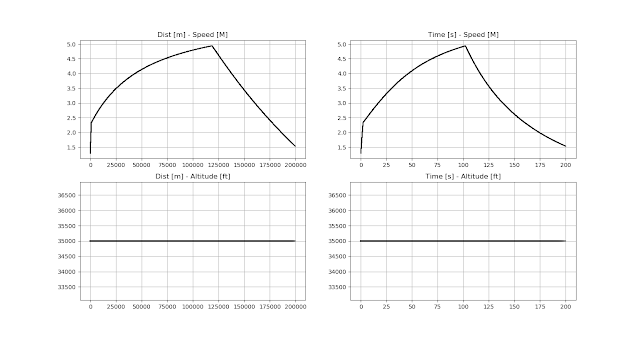* Reference
[1] Redeker, G., 1994, A
Selection of Experimental Test Case for the Validation of CFD Codes,
AGARD-AR-303 Vol. II
[2] Wahls, R. A., 2001, AIAA
Drag Prediction Workshop Wind-Tunnel Data, AIAA CFD Prediction Workshop
[3] Vassberg, J. C., 2001,
Guidelines for Baseline Grids, AIAA CFD Drag Prediction Workshop, 19th
Applied Aerodynamic Conference
[4] Levy, D. W., 2001, AIAA
CFD Drag Prediction Workshop : Data Summary Comparison
[5] Broderson, O., et al.,
2001, Drag Prediction of Engine-Airframe Interference Effects Using
Unstructured Navier-Stokes Calculations, AIAA 2001-2414
[6] Laflin, K., 2003, 2nd
AIAA CFD Drag Prediction Workshop Data Summary and Comparison
[7] Hemsch, M. J., 2003,
Statistical Analysis of CFD Solutions
[8] Tinocco, E. N., 2006,
DLR F6/FX2B Summary, 3rd CFD Drag Prediction Workshop
[9] Vassberg, J. C., et al.,
2008, Development of a Common Research Model for Applied CFD Validation
Studies, AIAA-2008-6919
[10] Sclafani, A. J., et
al., 2010, Drag Prediction for the NASA CRM Wing-Body-Tail using CFL3D and
Overflow on an Overset Mesh
[11] Rider B. J., 2010,
Structured Grid Summary for the 4th Drag Prediction Workshop
[12] Pirzadeh, S., 2010,
Baseline Unstructured Grids, AIAA DPW4
[13] Oswald, M., 2010, 4th
AIAA CFD Drag Prediction Workshop
[14] Tinoco, E. N., et al.,
2009, DPW-IV Summary of Participants Data
[15] Levy, D., et al., 2013,
Summary of Data from the Fifth AIAA CFD Drag Prediction Workshop
[16] https://allaboutairplanes.wordpress.com/2012/03/03/the-coffin-corner/
[17] Roy, C., 2017, DPW 6
Summary of Participant Data – Case 1: Code Verification
[18] Tinoco, E. N., 2017,
Summary of Data from the Sixth AIAA CFD Drag Prediction Workshop: CRM Cases 2to
5
[19] Derlaga, J., et al.,
2017, Preliminary Statistical Analysis of CFD Solutions
[20] Laflin, K., and
Orderson, O., 2017, Side-of-Body & Trailing Edge Separations
[21] Rumsey, C. L., et al.,
Summary of the First AIAA CFD High Lift Prediction Workshop
[22] Rumsey, C. L.,
HiLiftPW-2 Summary
[23] Rumsey, C. L.., et al.,
Overview and Summary of the Third AIAA High Lift Prediction Workshop
[24] Yokokawa, Y., et al., 3rd
AIAA CFD High Lift Prediction Workshop
[25] Chawner, J. R., et al.,
2018, Summary of the 1st AIAA Geometry and Mesh Generation Worshop
(GMGW-1) and Future Plans









































